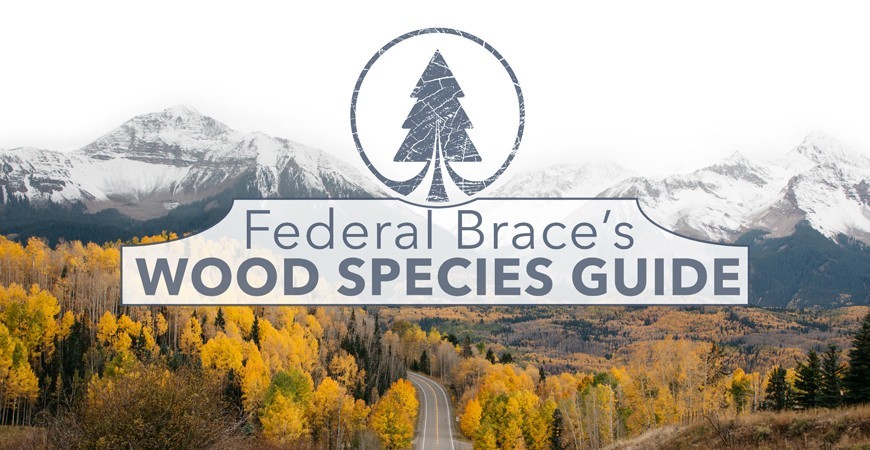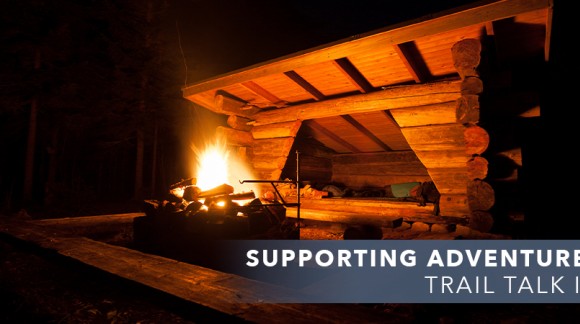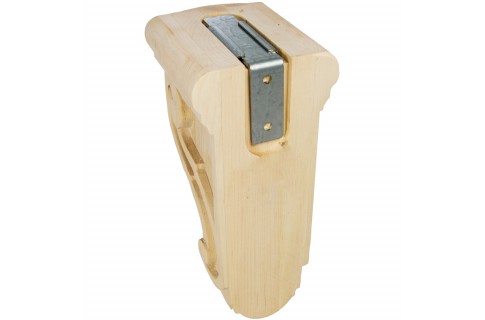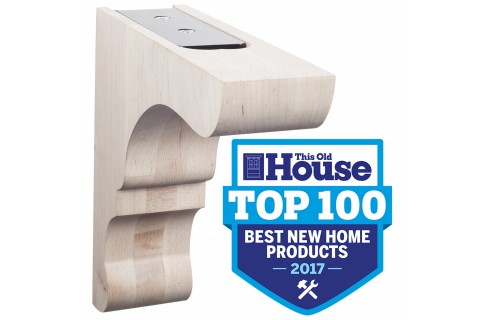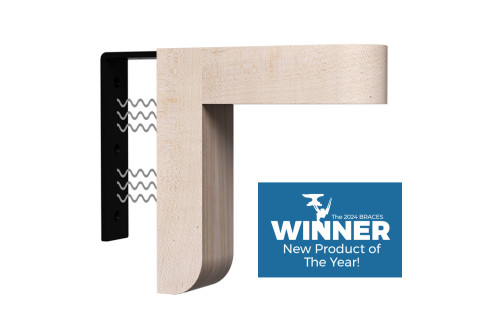Wood Species Guide: The Most Common Types of Wood
Wood you believe that there are more than 60,000 species of trees populating our planet? There is so much variation that it can be difficult keeping up with all the features, benefits, and drawbacks of each category of wood or individual species.
With lumber prices skyrocketing over the past year, it’s more important than ever before to carefully consider the type of wood you’ll be using on your home improvement project.
To help simplify the process, we’ve compiled a handy guide of wood types you’ll likely encounter when planning your residential or commercial project, and some tips on how to stay within budget when acquiring them. Whether you’re an amateur woodworker or a sharpened veteran in need of a refresher, we’ve got you covered.
The Three Main Categories of Wood Species
Let’s start with the basics. Wood species fall into 3 distinct categories: hardwoods, tropical hardwoods, and softwoods.
Engineered wood products have become extremely popular over the past few decades, but this guide will focus solely on natural wood categories and species.
Hardwoods: These trees produce fruits or nuts and typically go dormant in the winter, after they’ve shed their leaves during autumn. Any species of hardwood can be crafted into a durable, long-lasting piece of furniture, cabinetry, flooring, or millwork.
Tropical Hardwoods: These trees are not indigenous to North America and generally cost more to transport. While tropical hardwoods can be used for applications such as flooring, they often differ greatly from American hardwoods in color, grain pattern, hardness, and luster.
Softwoods: These woods have a lower density, creating a softer and more pliant material than hardwoods. Softwoods are primarily used for structural lumber such as 2x4s and 2x6s, and can also be integrated into flooring, panelling, and other home decor elements.
When it comes time to determine which wood species to use for your home or commercial design, weighing the pros and cons of each wood category can help you decide what will ultimately work best for you.
Most Common Types of Wood Species
Now we’ll look at 11 of the most common wood species. Remember, there’s thousands upon thousands of possible choices, but we’ll be focusing on just a sampling of the most popular.
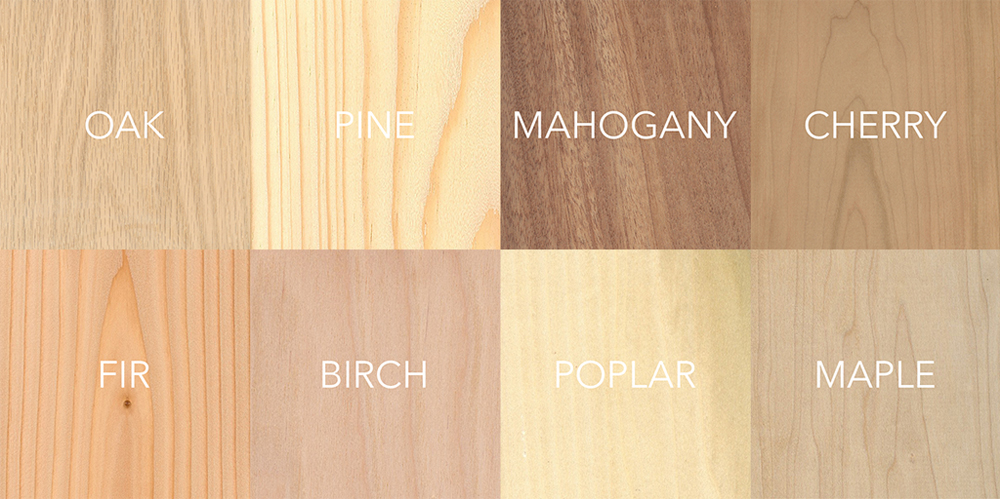
Poplar/Maple: Both poplar and maple wood are smooth options that won’t warp or shrink. However, neither stains well, and are typically just finished or painted over. On the one hand, poplar is often used in upholstered furniture framing, but due to its softness, isn’t commonly used in other applications. Conversely, maple tends to be used throughout the home in flooring, kitchen utilities, and more.
Birch: Often mistaken for maple, birch is a fine choice when creating a structural support. However, it’s a hard wood to cut and finish, leaving it a less-attractive option for everyday applications. Birch plywood on the other hand, is a go-to in the cabinet industry, where it removes the need for a lumber face-frame.
Oak: Oak wood is definitely a strong and durable choice. It is naturally an attractive lighter color, but has large pores which allows it to stain very well. Oak wood has straight, prominent grain and is commonly used for making long-lasting furniture that is often passed down for generations.
Fir: This is the stereotypical “Christmas tree” tree. It’s mostly used in 2x4s, but can also be used for flooring. Most opt to leave this reddish brown wood unstained, adding a clear varnish for a small enhancement.
Pine: A softwood that is often white or a pale yellow in color, pine features a straight grain that easily takes stain - as long as the wood is sealed first. It’s a very easy wood to work with especially when carving, and resists shrinking or swelling, making it ideal for locations where temperatures fluctuate.
Mahogany: Mahogany has long been a favorite for crafting furniture and cabinets, given the large girth of its trees. It’s a durable and strong choice, with a reddish-brown color that shines well when polished. Some homeowners opt to stain their mahogany, but most prefer leaving it natural, as the wood tends to naturally darken over time, leaving a beautiful patina.
Cherry: Cherry heartwood varies from a bright, poppy red to a darker red-brown in color, and, similar to mahogany, darkens with age. However, the sapwood of the tree is a creamy white. Both parts of the tree have a very uniform grain with a smooth texture, and can contain natural variations. Cherry is commonly used in furniture making and, like mahogany, finishes to a natural, beautiful sheen through polishing.
Walnut: This versatile pick ranges from a light to rich chocolate brown color. Dense and shock resistant, walnut has been a long-time favorite among furniture makers, car manufacturers, and gun makers.
Cedar: Native to areas around the Mediterranean, this evergreen tree produces a light wood that is rot resistant, making it great for outdoor use. Several varieties are also bug repellent - perfect for storage chests, bird feeders, and more.
Cypress: Coming in a light to yellowish brown color, this durable wood features a straight grain and typically coarse texture. It’s a staple in exterior construction, including docks and boat building.
Save Money on Lumber With Strategic Planning
The cost of wood and lumber reached all time highs this year, and while prices have dipped slightly, the continuous demand for building and home remodeling will likely keep prices high.

That being said, it’s important to save money where you can on your next project. Here are a few tips that will help you stay within your budget:
Utilize staining of lower-priced species to imitate luxury woods. A classic example of this technique would be taking an Ash wood and staining it darker to mimic the look of Oak. This will save you a considerable amount of money, and most people wouldn’t be able to tell the difference.
Buy your lumber wholesale whenever possible and seek out opportunities to get your hands on rough-cut or waste lumber. These pieces are often reduced dramatically from their original price per square foot, and will serve you well for small details and trim work.
When building a new home or structure, plan the blueprint specifically to minimize lumber use. For example, designing a simpler roofline and utilizing an open floor plan in the main living areas and cut down the amount of lumber you need significantly. With smaller projects, think creatively of ways to use other, less expensive, materials in place of costly cuts of lumber.
With proper planning and creativity, lumber can be had for reasonable prices even in these inflationary times. Make sure to also keep an eye out for specials and promotions in your local area!
Our Newest Piece: The Maple Live Edge Floating Shelf
At Federal Brace, all of our products are designed with two innate qualities: beautiful design and confident support. This, and more, rings true for our new Maple Live Edge Floating Shelf.
These gorgeous, one-of-a-kind maple wood slabs arrive unfinished, giving you the flexibility to stain this shelf any way you desire. The warm tones of the maple beautifully accent cool, modern tones, and the wood takes a number of stain shades beautifully.
Each shelving unit comes complete with a pre-routed Maple plank, two floating shelf support rods, and all fasteners required for installation. You don’t have to worry about using complicated equipment and processes to drill holes into the shelf yourself - simply stain the plank your color of choice, install the brackets, and slide it into place.
Regardless of your installation or design needs, there’s definitely a wood species that will fit perfectly. With a variety of densities, grains, hues, and textures, wood is a classic resource for any home or design theme, and incorporating it in corbels, flooring, or cabinetry is as easy as doing a bit of research or asking your local designer.
This article was originally published on 8/20/2018 by Claire Biggerstaff, and most recently updated on 5/26/2021.
